Downhill
Downhill
Downhill Bike Buyer’s Guide
FAQ
Is a downhill bike suitable for beginners?
Downhill bikes are specially designed for experienced riders who want to tackle challenging trails. For beginners, lighter and more versatile bikes such as enduro or trail bikes might be more useful, as they give you access to a wide variety of trail types.
Which equipment do I need for downhill riding?
These things are essential: a full-face helmet, back and knee protectors, elbow pads, gloves and shoes that are suitable for the chosen pedalling system. Many riders also wear a neck protector and padded clothing for maximum protection.
Can I also use a downhill bike for normal mountain biking?
As downhill bikes are not optimised for uphill sections, they are unsuitable for all-round mountain biking. They are ideal for bike parks and descents, but other types of bikes such as trail or enduro bikes are better suited for versatile riding.
How can I best care for a downhill bike?
Regular cleaning after riding, inspection of the suspension and brakes and lubrication of the chain are essential. The suspension and bearings in particular should be serviced regularly to maintain performance and service life.
Which trails are ideal for downhill bikes?
Downhill bikes are designed for technical, steep and challenging trails, often in bike parks or on special downhill trails with jumps, roots and rocky sections.
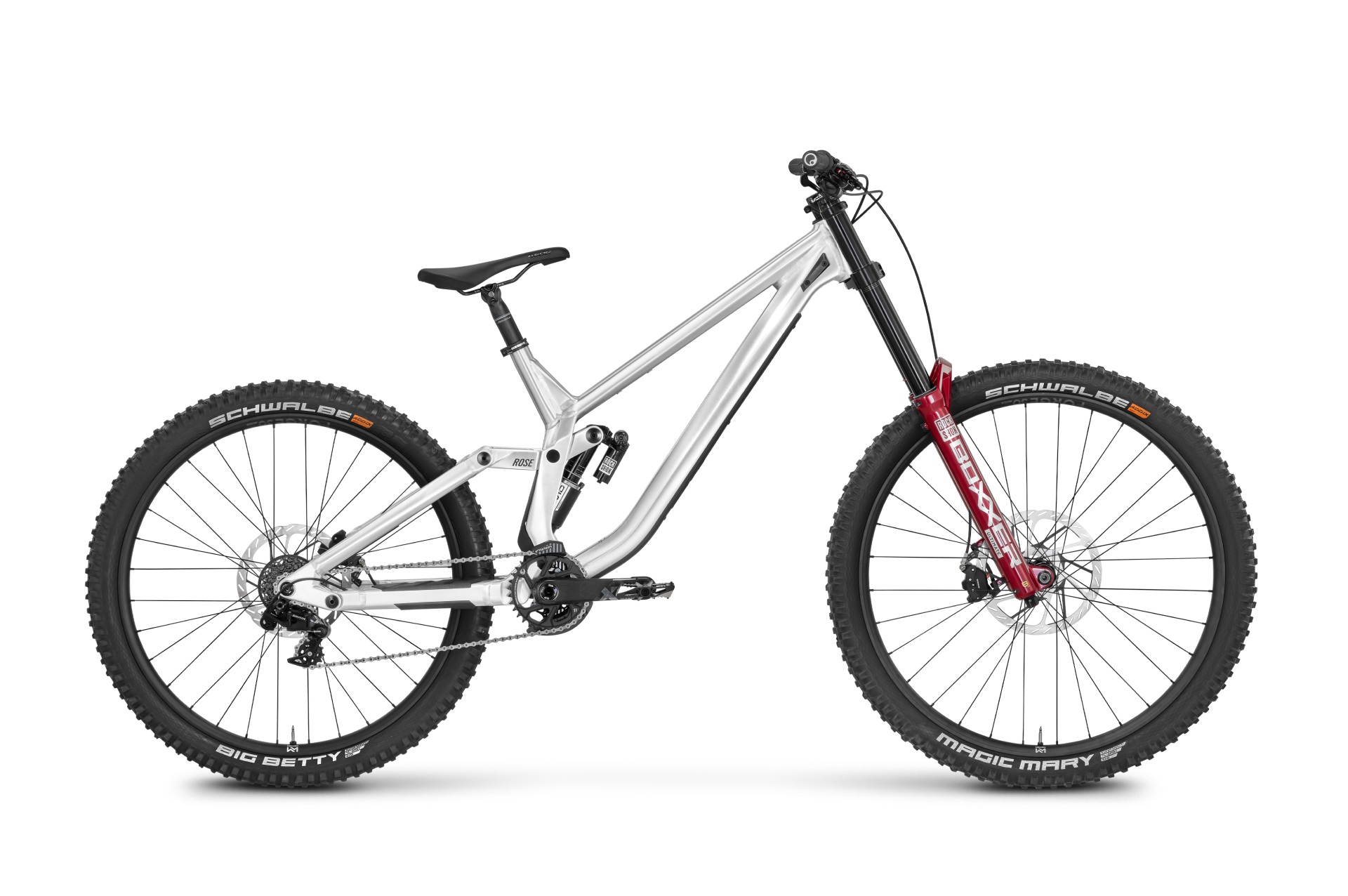)
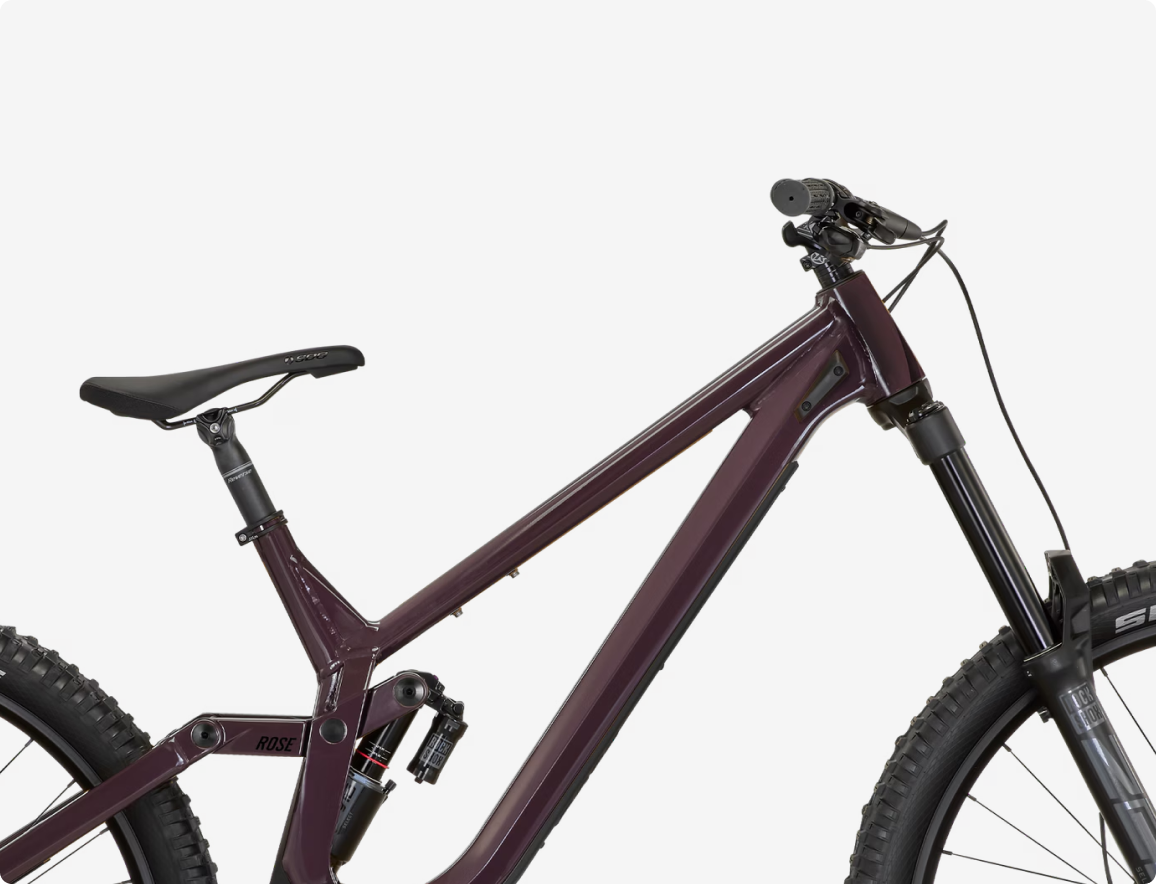)
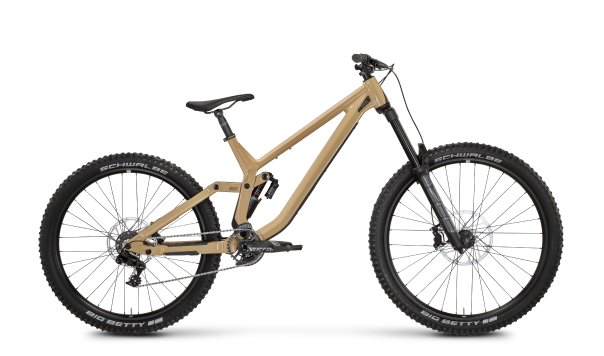)
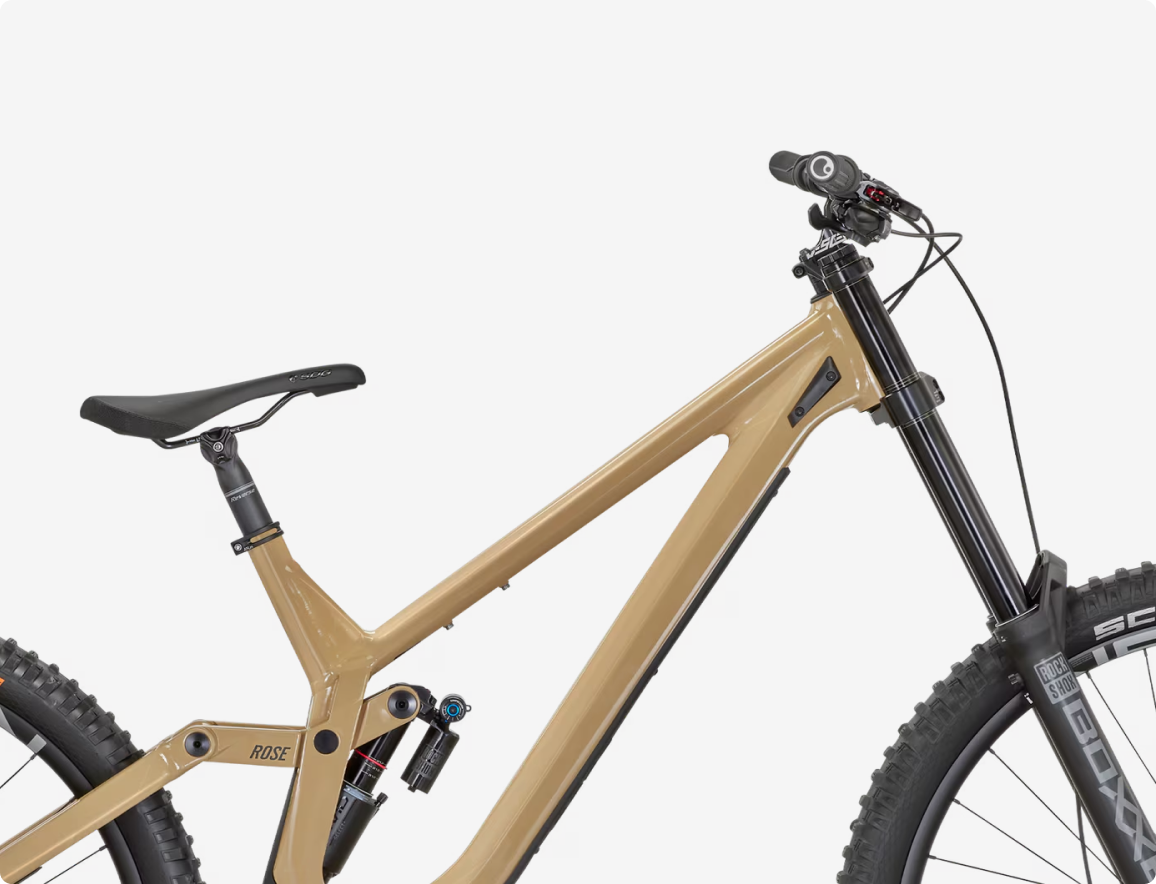)
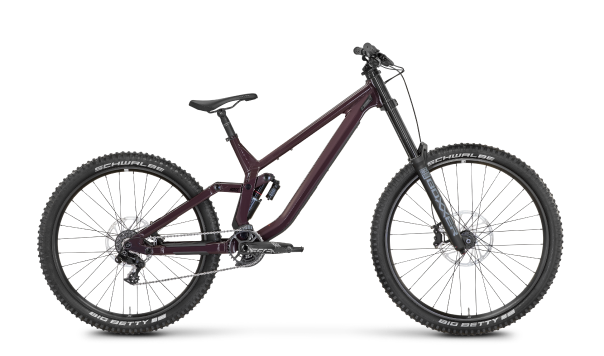)
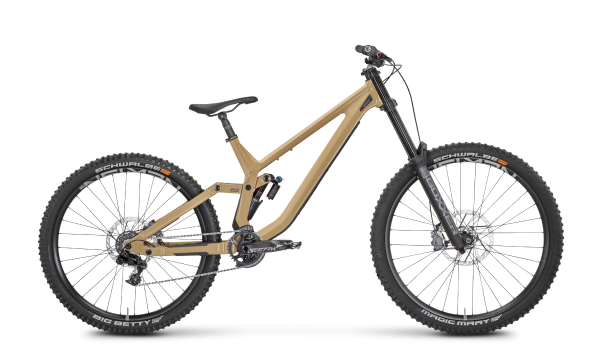)
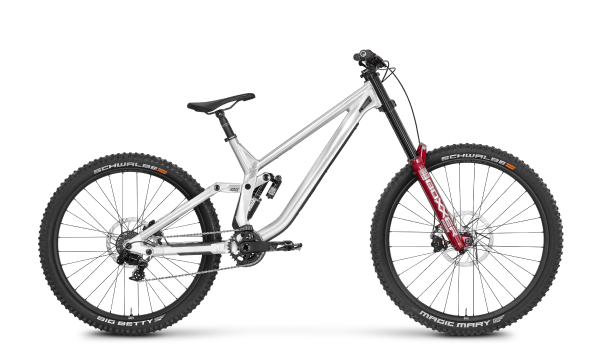)
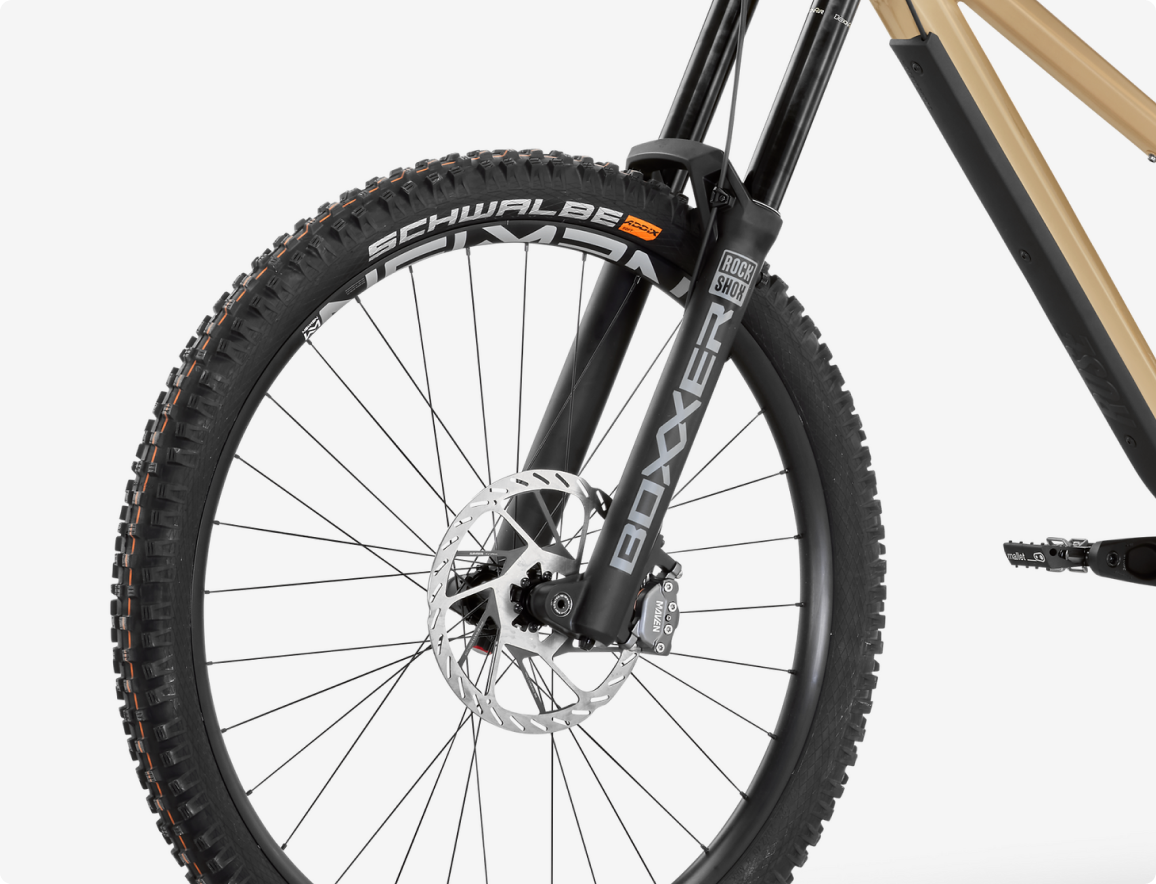)
)
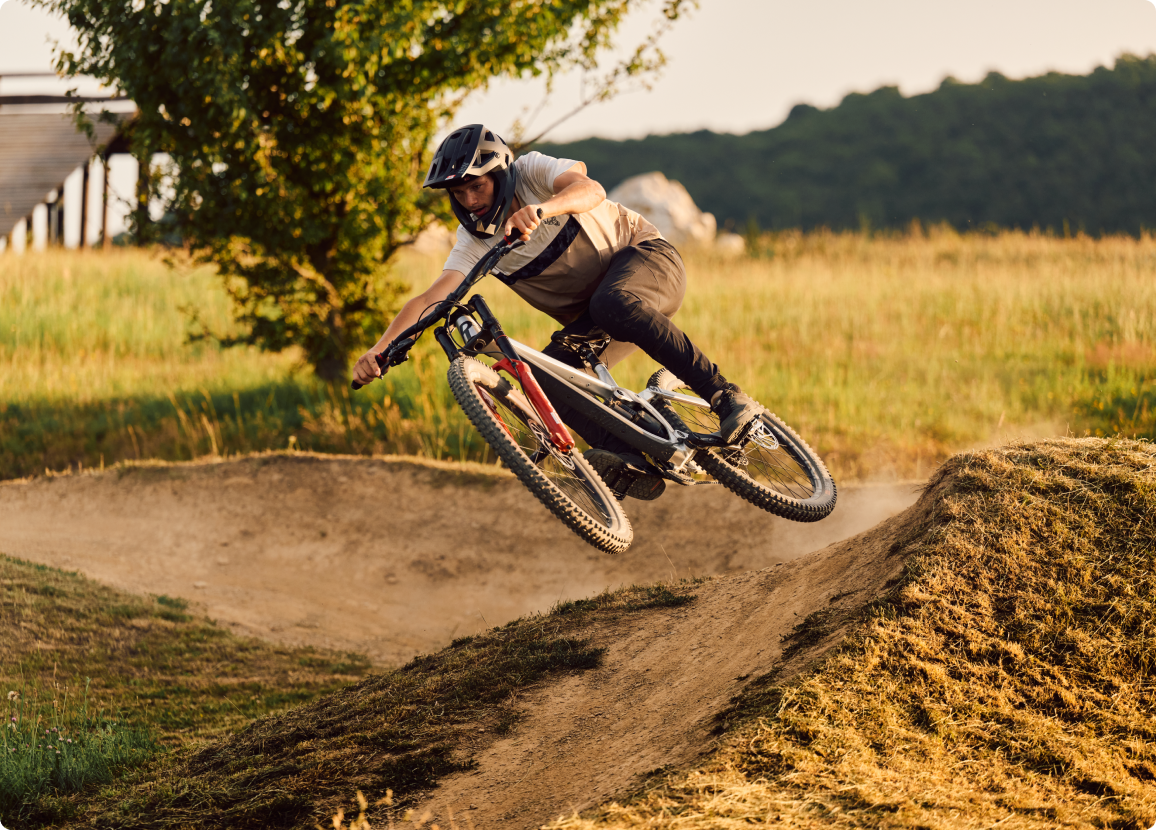)